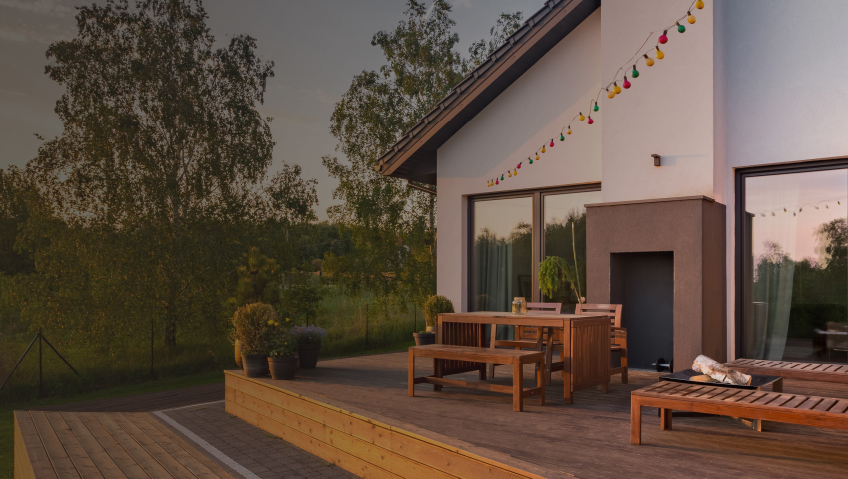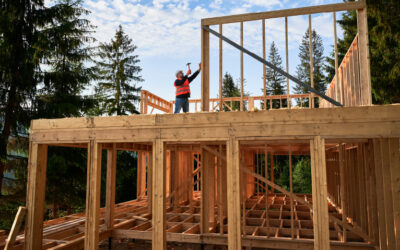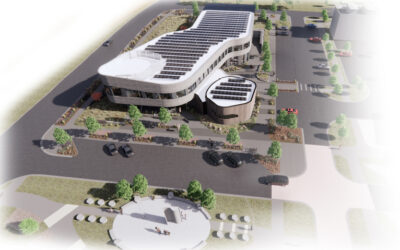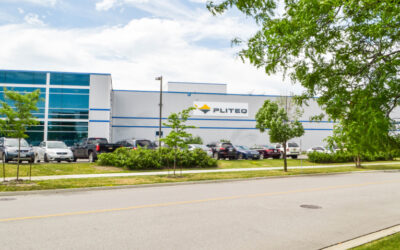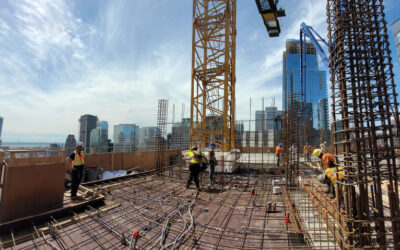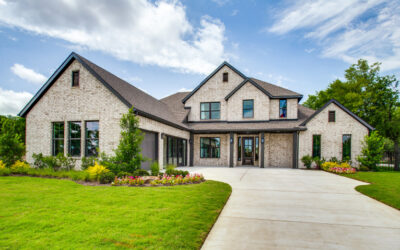For many people, the COVID pandemic turned how they lived and thought about their homes inside-out. Up to that point homes for many were a place to come back to after work to eat, sleep and repeat. Those who suddenly found themselves working from home felt their worlds shrinking to the house they live in plus their walks around the block for exercise.
When you spend most of your time in one location, it quickly makes you rethink what you need to turn your home into a sanctuary.
People are making their family home-entertainment rooms more appealing with cozy fireplaces and top-of-the-line electronics for Netflix binging and dance parties for the kids. Smart thermostats deliver energy-efficient comfort and robot vacuums take care of clean-up duties. And if you didn’t pre-order your backyard pool construction or trampoline last year, you may have a long wait yet.
There’s a term for this – cocooning. All the way back in the 1980s, a futurist named Faith Popcorn coined the popular phrase. As her Brain Reserve website explains, cocooning is “the need to protect oneself from the harsh, unpredictable realities of the outside world.” So when things go bad outside, we naturally want to retreat to our homes where things are safe and where we have more control. And all that was before the advent of the internet, which now makes getting pretty much anything you want delivered to your home a possibility.
Along with this need for safety and security during a troubling pandemic, we’ve seen an intense focus on remodeling and reconfiguring to make our homes the center of our daily lives instead of just a nice place to come back to.
Home improvement boom
How big is this trend? Well, home improvement retailers Home Depot and Lowe’s saw sales jumps of 24.6 percent and 30 percent respectively over a 12 to 13 month period. In a CNBC article, Home Depot’s Chief Financial Officer, Richard McPhail, noted the spike in nesting activities in recent months. “We’ve seen the emergence of the true project – the multi-item, more complex home improvement project that our customer decides to take on for themselves,” says McPhail.
The home improvement boom is also a trend that is likely to continue. According to a recent media release from remote work marketplace company UpWork, “The number of remote workers in the next five years is likely to be nearly double what it was before COVID-19: By 2025, 36.2 million Americans will be remote, an increase of 16.8 million people from pre-pandemic rates.”
Likewise, the noted research firm McKinsey Global Institute surveyed people in China, France, Germany, the U.K. and the U.S., and found that home nesting, whether it is spending on home offices or home gyms and other renovations, is one of the trends coming out of the pandemic that is most likely to continue.
Bringing the outside in
Some of the biggest trends in home remodeling include transforming backyards to extend living space, home gym additions, and creating or improving home offices.
The backyard is a space where you can connect with nature, watching the changes that take place over the seasons. At the same time, it also provides the most area for people looking to extend their living space – and not just in the warmer states like Florida known for their year-round heat.
Now people are adding folding glass doors to let the outdoors into traditionally indoor spaces, and turning their backyards into second living rooms with outdoor heaters and smokeless fire pits so that they can hang on to that summer feeling for more of the year.
… and the inside out
People not only want to spend more lounge time outdoors; they want to take their desk work outdoors as well. This is where the home office and backyard expansions meet. What were once humble sheds are now becoming the new corner office for remote workers.
The first rule of working outside: rain and electronics do not mix. So having a more permanent structure can provide a complete location to work and enjoy the outdoors. These spaces go way beyond hanging up a picture or adding a desk lamp. Companies are offering finished traditional and contemporary outdoor offices, complete with drywall or wood paneling, sliding doors and tongue and groove siding.
Connecting with nature means that green innovations are also picking up steam, as more people are looking to add environmentally friendly features to their homes such as solar panels and rainwater collection systems, as well as boosting their savings by installing high-efficiency HVAC systems.
Making time – and space – for health
Before the pandemic, making space and buying the equipment for a home gym was a luxury. But, like many other changes, COVID rapidly accelerated the take-up of home gyms, and called for greater flexibility in equipment and design. Both at-home technology and equipment have improved, giving people more options for their workouts.
As Men’s Health reports, “Now having a space at home dedicated to workouts has become a necessity. No matter what type of living situation you have or your budgetary constraints, there is equipment that can work for your space. Your apartment, house, or garage can morph into a fully-functioning fitness space.”
The great thing about home gyms is that you actually don’t need a lot of space. It can be a corner in an apartment or an unused area in a basement. And the equipment can range from a $20 yoga mat or a simple jump rope to $3,000-plus cardio machines.
When planning a gym, starting simple is best. It’s also a good idea to consider how to fit a variety of exercises into the space. From there things can advance all the way up to punching bags, battle ropes and agility ladders – and of course a Peloton if you want the coaching to go with your workout.
A smarter home office
For many, the driving force behind spending more time at home is that the office work has now come home to stay during the pandemic. According to The Economist, “Before the pandemic Americans spent five percent of their working time at home. By spring 2020 the figure was 60 percent.”
While that amount of time may shift as countries start to emerge from the pandemic, working from home to one degree or another is going to be here to stay. And what is clear is that many people have spent time upgrading their home office. At the heart of these offices are the core components – chairs and desks.
Chairs have advanced well beyond the standard issue black mesh swivel chairs. Now there is a wide range of colors and finishes – and more often than not, ergonomics and style are going hand-in-hand. For desks, the height-adjustable or standing desk is all the rage.
Some of the key design principles for a productive home office are keeping clutter to a minimum. Including calming elements is a real advantage that home offices have over the company building. And for the inevitable interruptions that come from sharing your office with your partner, pets, or kids, include a fun space where they can (calmly) hang out and do their thing. This way you can keep everyone happy and your work flow going.
While all of these areas of home cocooning are appealing, there is now one big catch – the price tag. Huge worldwide demand for home improvements, plus unusual weather which hit Texas wood processing plants, has led to a very steep increase in the price of materials.
Pre-pandemic, the price of lumber was about $400 per thousand board feet. As of May 2021, the price hovered at $1,700. This may cause some to scale back on their home renovation plans. But, keeping in mind the principles of what is needed versus what is wanted may help take the sting out of converting a home into a sanctuary.
If you’ve got to stay in, you might as well make the most of it and cocoon happy.

